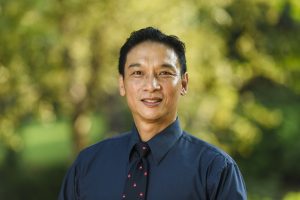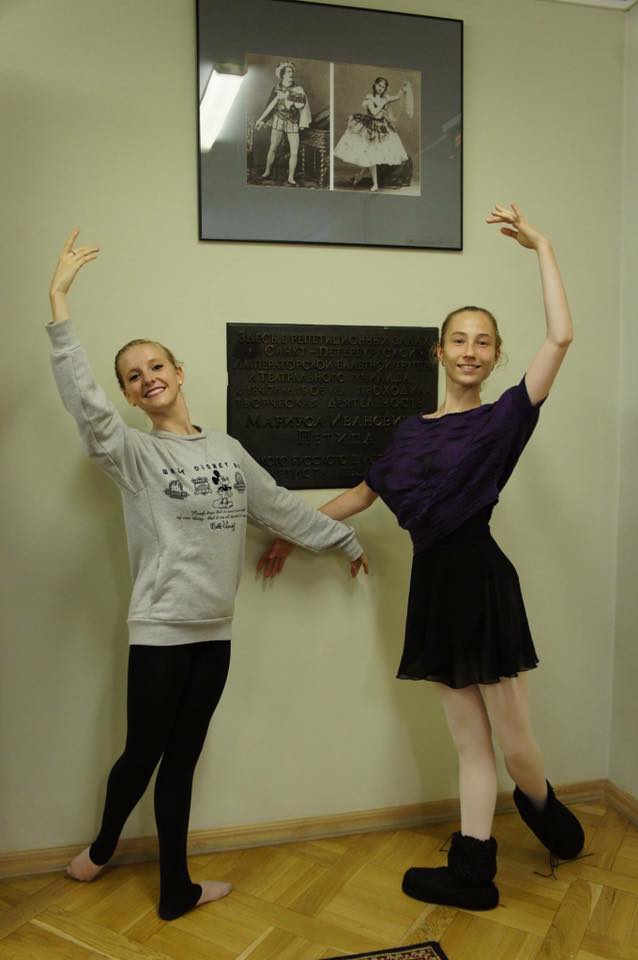By Megan K. Hill

The University of Alabama Department of Theatre and Dance strives to educate and develop our students to be the best versions of themselves. This includes opportunities like the one Shyanne Biefield, Senior Dance major, experienced this summer when she was asked to study ballet at the Vaganova Ballet Academy in St. Petersburg, Russia.
Qianping Guo is one of our premier dance faculty members who specializes in classical ballet and choreographs for the annual Alabama Repertory Dance Theatre. Guo studied and worked in Russia two summers ago, and this past summer brought a student with him to have the chance to learn at the hands of the greatest ballet teachers in the world.
Ballet has a rich history in Russia dating back to 1738, when it was first brought to the country from France. Ballet’s most iconic pieces (Nutcracker, Swan Lake, Giselle, Coppelia) came from the Imperial School of Ballet throughout the 19th century. In 1921, former Imperial Ballet student, Agrippina Vaganova, began teaching at the school following the end of her performing career. The School was named after her in 1957 following her death and in honor of the work that she did to revolutionize and codify ballet education. Today, thousands of children submit work for the potential to be seen as dancers and possible acceptance into the school. Only 70 students are admitted each year and only about 30 complete the eight year program in totality. One thing is certain, the dancers who complete the program are the best in the world.
Biefield was elated at the chance to study at this studio for a three week program with Professor Qianping Guo. The “Heritage Program” has two parts, one for teachers and one for students. This was Guo’s third time participating in Ballet Heritage and he says:
“Every time I have traveled there, I have received a different reward from the program.
The most important things I have learned is, ‘when you know more, the more you lack’, therefore, inheritance, development, and progress is what we should do.”
The students took a full curriculum of courses including: ballet, partnering, makeup, acting, character, ballet history, body conditioning, and variations. Teachers took academic ballet teaching classes and would observe the students taking Vaganova technique classes. Teachers worked hands-on with students to practice the learned techniques, which in turn helped students solidify the training they received in their other classes. Teachers must pass an exam for every level of teaching to confirm successful completion and that they are now qualified to teach the Vaganova method.
Students had a half day of class on Saturday and Sundays were their day off. Biefield and Guo were able to explore much of the city and its rich history. They both remarked on their favorite museum, The Vaganova Museum, which is a part of the school. It contains original costumes from the 18th century as well as the oldest known pair of pointe shoes. Guo and Biefield said their favorite part of their entire experience there was seeing Mariinsky Ballet perform Swan Lake. Biefield says:
“It was inspirational watching these famous dancers pour their heart out, and every detail was so precise. The way they performed was like nothing I had seen before. I couldn’t believe I got to sit in the famous wood chairs, and watch some of the top ballet dancers in the world perform.”
Opportunities like this are just what the Department of Theatre and Dance seeks to offer our students. Qianping Guo and Shyanne Biefield both hope to return to Russia soon to study in the Capital of Ballet and continue to grow in their craft.
